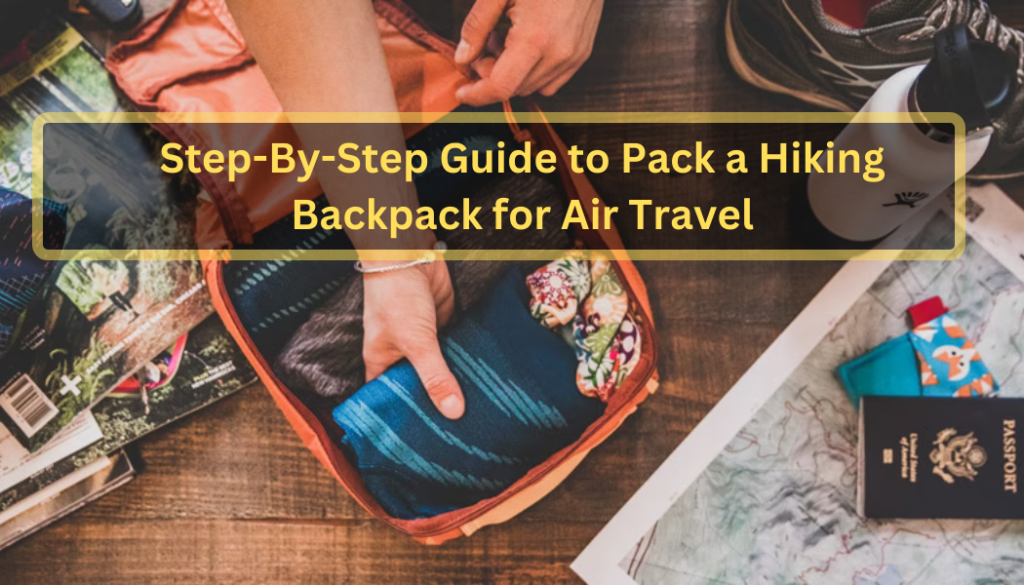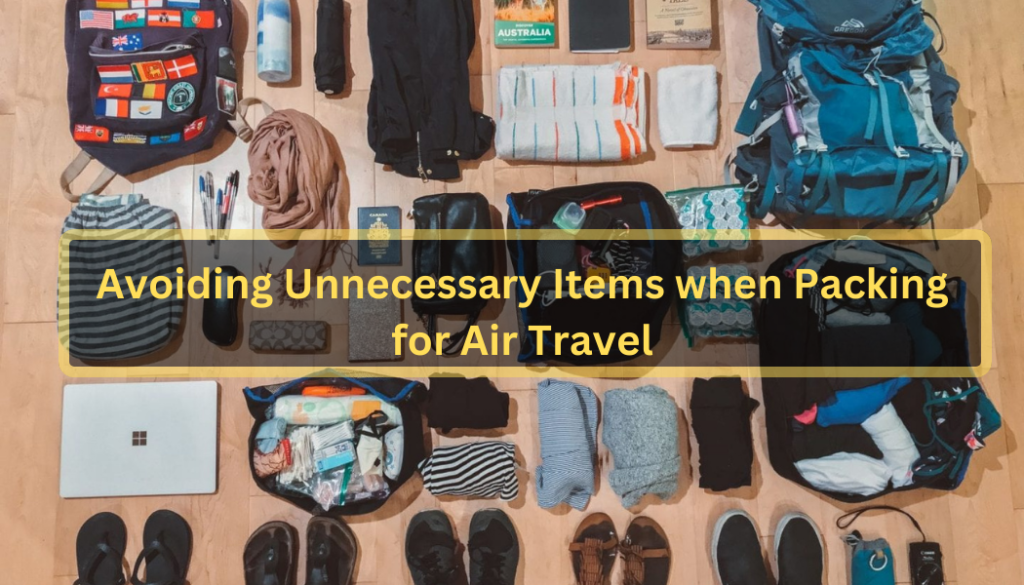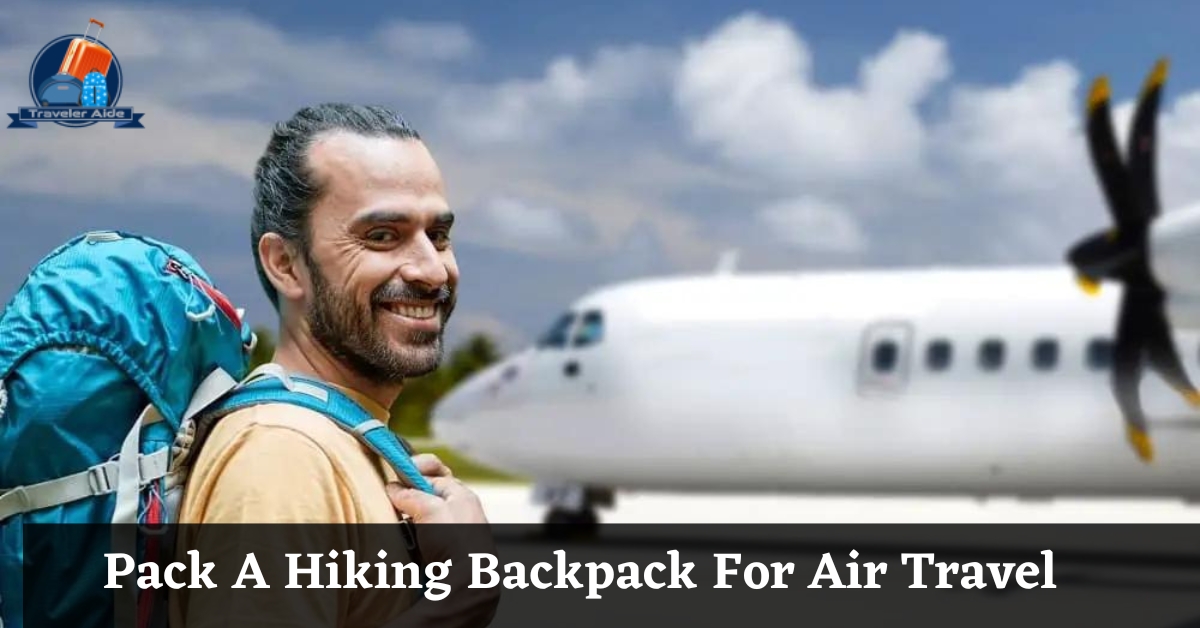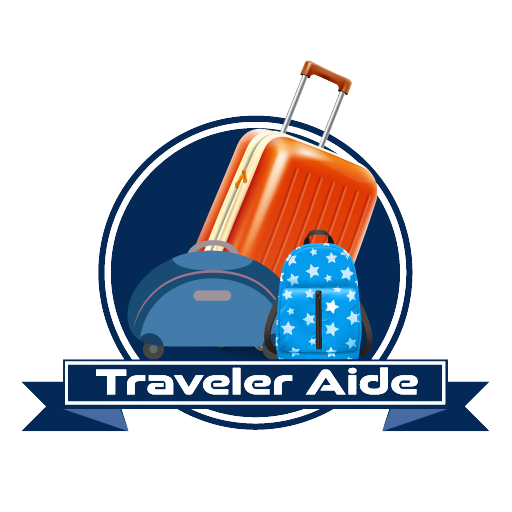When packing a hiking backpack for air travel, you need to organize your essentials. Make sure to follow airline rules and prioritize comfort for hiking and transit.
To have a fun hiking and flying adventure, you need special packing skills. As adventurers, we know it’s vital to have all the gear we need when exploring new trails. This is especially true when those trails are far away and require flying to reach them. A strategic approach becomes extremely important in these situations.
This guide will show you how to pack a hiking backpack for air travel. It combines efficient packing with the needs of outdoor enthusiasts.
No matter if you hike often or not, these tips will aid you in packing your backpack for any adventure.
Step-By-Step Guide to Pack a Hiking Backpack for Air Travel

Packing a hiking backpack for air travel can be a bit different from packing a regular suitcase due to the specific needs of outdoor activities and airline regulations. Whether you’re planning a hiking adventure at your destination or simply want to bring your gear along, here’s a step-by-step guide to help you pack your backpack for air travel efficiently and effectively.
1. Research Airline Regulations:
Before you pack, learn the airline’s rules and guidelines. Regulations often have details about what can go in carry-on and checked bags, like size and weight.
2. Choose the Right Backpack:
Choose a hiking backpack that fits the airline’s size rules for carry-on or checked bags. Make sure the backpack is durable and has comfortable straps and padding for hiking-related activities.
3. Gather Essential Items:
Separate your hiking gear into categories such as clothing, gear, electronics, and toiletries. This will help you stay organized while packing. Make a checklist to ensure you don’t forget any essentials.
4. Pack Heavy Items at the Bottom:
Put the heavier things, like boots, pots, and bottles, in the backpack’s bottom. This helps distribute the weight evenly and keeps the backpack stable.
5. Use Packing Cubes or Bags:
To keep your things organized and easy to find, use bags or cubes to group similar items. This keeps your gear organized and makes unpacking easier when you arrive.
6. Roll Your Clothes:
If you roll your clothes instead of folding them, you can save space and avoid wrinkles. Place rolled clothing items in the middle layers of your backpack.
7. Pack Fragile Items Carefully:
To protect fragile gear like cameras or electronics, wrap them in clothing or use padded cases while traveling. Position these items towards the center of your backpack, surrounded by softer items.
8. Consider TSA Guidelines:
If you have things like a multi-tool, trekking poles, or a camping stove, remember the TSA rules. Some items might need to be placed in checked baggage or adhere to specific rules.
9. Separate Toiletries:
Place toiletries in a clear, resealable plastic bag to comply with TSA regulations. Make sure liquids are in containers of 3.4 ounces (100 milliliters) or less. Keep them easily accessible for security checks.
10. Pack Emergency Supplies:
Include essential emergency supplies such as a first aid kit, a flashlight, a whistle, and any medications you might need. Keep these items at the top or in a designated pocket for quick access.
11. Distribute Weight Properly:
Balance the weight within your backpack to prevent strain on your back and shoulders. When packing, put heavier items near your back and in the center. Lighter items can go on top and on the sides.
12. Secure Loose Straps:
Loose straps can get caught in airport conveyor belts and cause damage. Use clips or rubber bands to secure any loose straps on your backpack.
13. Test the Comfort and Fit:
Before finalizing your packing, put on the backpack and adjust the straps for a comfortable fit. Take a walk with the backpack to make sure the weight is evenly distributed and nothing pokes you.
14. Carry Important Documents Separately:
Make sure to store important papers, such as your passport, boarding pass, and travel insurance, in a separate pocket that is easy to reach.
15. Lock the Backpack (if needed):
If you’re concerned about security, use a lock to secure the zippers on your backpack. However, be aware that security might need to open your backpack for inspection.
Also Read: Ultimate Guide To Packing Light For A Trip
Tips for Avoiding Unnecessary Items when Packing for Air Travel

Absolutely, avoiding unnecessary items when packing for a air travel is essential to keep your luggage light, organized, and easy to manage. Here are some tips to help you streamline your packing and avoid bringing items you don’t need:
1. Plan Ahead:
Create a packing list well in advance. This helps you focus on what you truly need and prevents last-minute over-packing.
2. Stick to Basics:
Pack versatile clothing items that can be mixed and matched to create multiple outfits. Avoid packing clothes for every possible scenario.
3. Check the Weather:
Research the weather conditions at your destination and pack accordingly. Leave behind items that won’t be suitable for the expected weather.
4. Avoid Duplicates:
Don’t pack multiple items that serve the same purpose. One or two pairs of shoes and a couple of jackets are usually sufficient.
5. Limit Toiletries:
Pack travel-sized toiletries or buy them at your destination. Avoid bringing large bottles of shampoo, conditioner, or lotion.
6. Leave “Just in Case” Items:
Avoid packing items based on hypothetical situations. Focus on what you’re likely to encounter, not on every possible scenario.
7. Skip Unfamiliar Gadgets:
Unless you use them regularly, leave behind gadgets or accessories that you might not end up using during your trip.
8. Minimize Makeup and Jewelry:
Pack only the makeup and jewelry you’ll actually wear. Avoid bringing your entire collection.
9. Consider Laundry Options:
Check if laundry facilities are available at your destination or if you can wash clothes in your accommodation. This can reduce the need for excessive clothing.
10. Don’t Overpack on Entertainment:
Limit the number of books, electronic devices, and other entertainment items. You might not have as much time as you think to use them.
FAQ for How to Pack A Hiking Backpack For Air Travel
Q: Is Stove Fuel Allowed On Airplanes?
A: Stove fuel is not allowed on most commercial flights due to safety regulations. If you need to transport it, look into alternative ways, such as shipping.
Q: Do I Need A Special Travel Backpack?
A: Depending on the size and type of your existing backpack. It should provide enough room and security for your trip. Yet, investing in a travel backpack may be the best choice if you need an extra-large bag or want a more secure option.
Q: What Else Should I Pack?
A: Bring any essential items such as passports and IDs with you on the plane. And bring a lightweight raincoat or waterproof jacket. Also, wrap any fragile items in protective layers. By following these tips, you can rest assured all your items will
Conclusion
Following these tips will help ensure that your items are safe. Also, secure while traveling. Whether you need to buy a new bag or repack your existing one. Understanding the basics of backpacking is key to ensuring an enjoyable trip.
So remember to label your bags, and wrap fragile items in protective layers. And always secure the straps of your backpack! Arrive safe and sound. Happy travels!
Traveling can be a stressful process, but with a little bit of preparation and planning. You can make sure that everything is safe while it is being transported. So you understood how to pack a hiking backpack for air travel.
Hi there! I’m a Travel Advisor, and I’m a seasoned traveler with a passion for exploring new and exciting destinations. I have visited the heritage sites of several countries and have learned a thing or two about traveling the world in style and comfort.
My expertise lies in finding the perfect balance between luxury and adventure, and I’m always on the hunt for new and unique experiences. I believe that travel should be about creating meaningful connections and cultural exchanges, and I strive to make a positive impact wherever I go.
With 15 years of experience in the travel industry and a wealth of knowledge about destinations near and far, I’m confident in my ability to help plan the perfect trip for any type of traveler. Whether you’re looking for an exotic beach getaway, a bustling city escape, or an adventure-filled road trip, I’ve got you covered.



2 thoughts on “How to Pack A Hiking Backpack For Air Travel – Pro Packing Tips!”